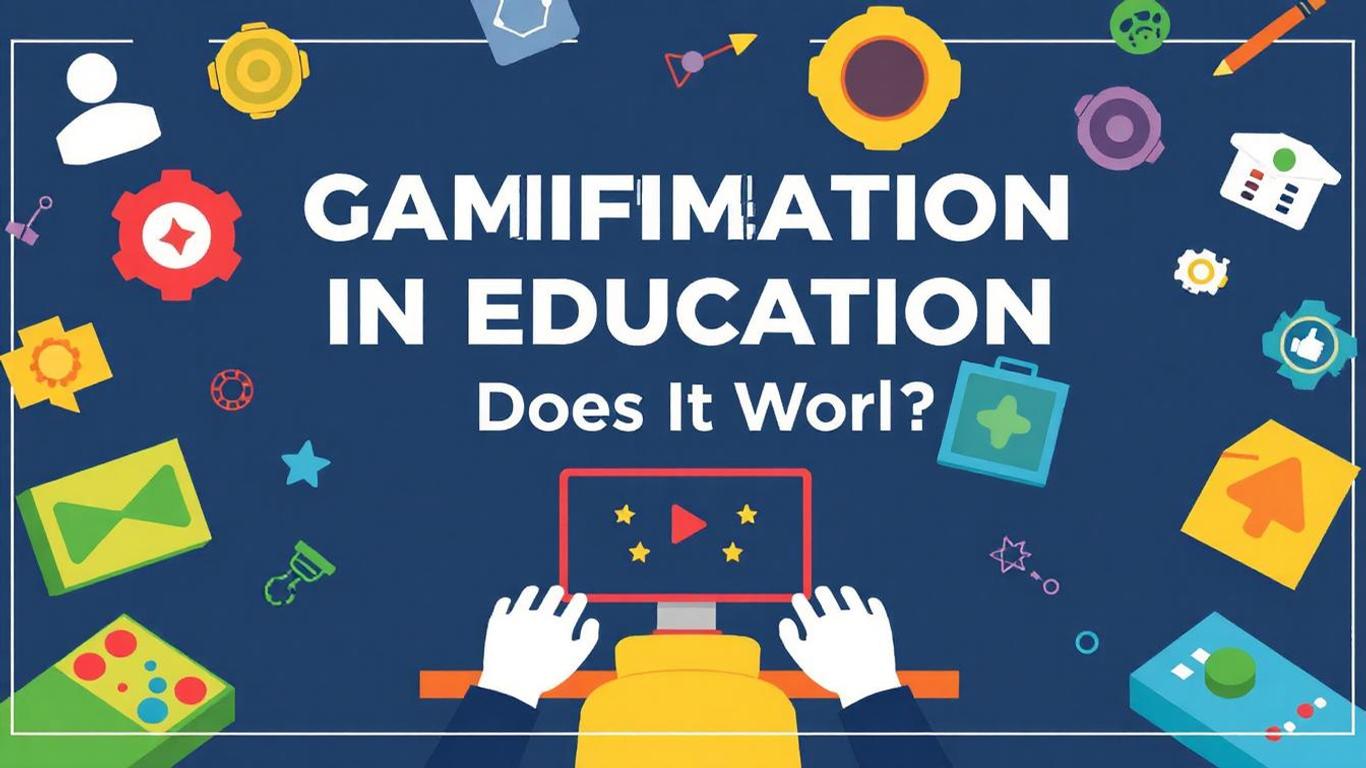
In recent years, gamification has become a buzzword in the education sector. The idea is simple—apply game elements such as points, badges, leaderboards, and challenges to learning activities to make them more engaging. But beyond the hype, one must ask: does gamification in education truly work? Institutions like the IELTS institute in Panchkula have begun incorporating gamified elements into their training programs, hoping to increase learner engagement and performance.
What is Gamification?
Gamification is the application of game-design elements in non-game contexts. In education, this might mean giving students rewards for completing assignments, earning badges for mastering concepts, or engaging in friendly competition with classmates through quizzes and games.
Why Gamification Works
-
Increased Engagement
Games are naturally engaging. When students receive immediate feedback, track their progress, and work towards clear goals, they are more motivated to continue. Gamified learning turns abstract or tedious topics into interactive and enjoyable experiences. -
Enhanced Motivation
Gamification taps into intrinsic motivation by giving learners a sense of accomplishment. Earning points, leveling up, or unlocking achievements triggers dopamine release in the brain, which enhances motivation and focus. -
Personalized Learning Experience
Gamified platforms often allow students to progress at their own pace. Learners can repeat levels or challenges until they fully understand the concept. This customization supports different learning speeds and styles. -
Encourages Collaboration and Competition
Healthy competition, such as leaderboards, can drive students to push themselves harder. Group-based challenges foster teamwork, communication, and peer-to-peer learning.
Potential Pitfalls of Gamification
-
Overemphasis on Rewards
If not implemented thoughtfully, gamification can lead to students focusing more on rewards than learning. When the extrinsic motivation (badges, points) fades, so might the effort. -
One Size Doesn’t Fit All
Not all students are motivated by games. Some may find gamified systems distracting or feel anxious in competitive environments. -
Poor Design Can Backfire
If the game mechanics are not well-integrated with educational content, they can become superficial and ineffective. Gamification should enhance, not replace, quality instruction.
Real-World Applications
Many educational platforms, from Khan Academy to Duolingo, have successfully used gamification. Students earn points, track their progress, and unlock new levels based on their learning achievements. Even traditional schools and IELTS preparation centers like the IELTS institute in Panchkula have embraced gamification to encourage vocabulary building, grammar practice, and timed test simulations.
How to Implement Gamification Effectively
-
Align Games with Learning Objectives
Every game element should support a specific learning outcome. For example, earning points for correct answers helps reinforce accuracy. -
Make Progress Visible
Visual dashboards that show a learner’s growth over time motivate continued engagement. -
Balance Competition and Collaboration
While leaderboards can drive motivation, collaborative activities ensure that students learn to work as a team. -
Offer Meaningful Rewards
Use rewards that reinforce learning—such as unlocking bonus lessons, receiving personalized feedback, or earning recognition among peers. -
Gather Feedback and Iterate
Monitor what works and what doesn’t. Be ready to adjust game mechanics based on student engagement and performance data.
Conclusion
Gamification in education isn’t a magic bullet, but when used thoughtfully, it can significantly boost student engagement, motivation, and learning outcomes. As seen in institutions like the IELTS institute in Panchkula, blending traditional learning methods with gamified elements creates a more dynamic and personalized educational experience. In an age where attention is scarce and competition for engagement is high, gamification offers educators a valuable tool to transform passive learners into active participants.